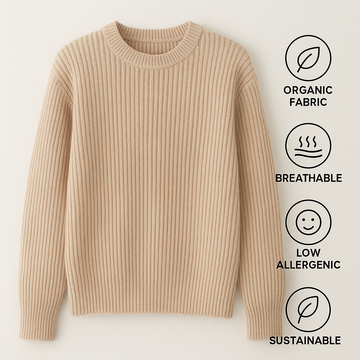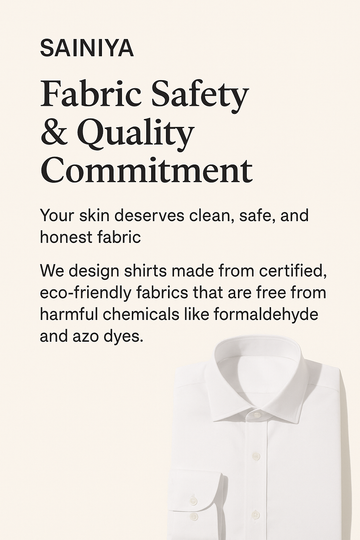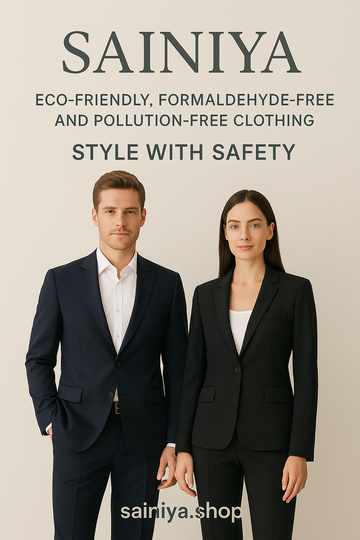General
Knitwear is a wardrobe essential that works in every season. From soft cotton knits to warm wool sweaters, the range of fabrics is diverse. Common fibers include wool, cotton, silk, polyester, acrylic, nylon, and spandex. Different materials bring different levels of comfort, durability, and cost.
However, behind the cozy appearance of knitwear, some hidden risks often go unnoticed. During textile production, chemicals such as formaldehyde (commonly used for wrinkle- and shrink-resistance) and heavy metals (sometimes present in dyes and pigments) may remain in the final fabric. If these substances exceed safe levels, they can trigger allergic reactions like itching and rashes, and in more severe cases, pose long-term health risks.
Research shows that children and people with sensitive skin are especially vulnerable to formaldehyde exposure (PMC, 2022), while prolonged contact with textiles containing heavy metals may also impact overall health (Allergy Standards Ltd, 2023).
Example
To address these risks, several international standards and certifications have been developed:
OEKO-TEX® Standard 100: Ensures textiles are tested for harmful substances such as formaldehyde, heavy metals, and allergenic dyes (OEKO-TEX, 2024).
GOTS (Global Organic Textile Standard): Controls chemical use from raw material cultivation to finished product, with a strong focus on sustainability and safety.
EU regulations: Prohibit certain azo dyes and set strict limits on formaldehyde levels in textiles.
In this context, SAINIYA has adopted practices that align with these standards:
-
Careful material selection – Using organic cotton and premium wool to reduce chemical treatments.
-
Eco-friendly dyeing and finishing – Avoiding azo dyes and formaldehyde-based finishes to minimize harmful residues.
-
Strict testing – Every knitwear product undergoes third-party testing to meet OEKO-TEX standards.
-
Transparency and responsibility – Offering clear fabric information and care guidelines on sainiya.shop, giving consumers peace of mind.
Outcome
The results of these practices are clear:
For consumers: Knitwear not only feels comfortable and looks stylish but is also safe for the skin and health—even for children and people with sensitive skin.
For the brand: In today’s world, where sustainability and responsibility matter more than ever, prioritizing safe and eco-friendly production enhances product competitiveness and strengthens SAINIYA’s reputation.
When choosing knitwear, it’s not only about style and texture—it’s also about the unseen safety behind the fabric. Brands like SAINIYA demonstrate how responsible textile practices can bring comfort and trust to everyday wear.
In short: Choosing knitwear wisely means choosing safety. SAINIYA ensures that every sweater is as safe as it is stylish.





